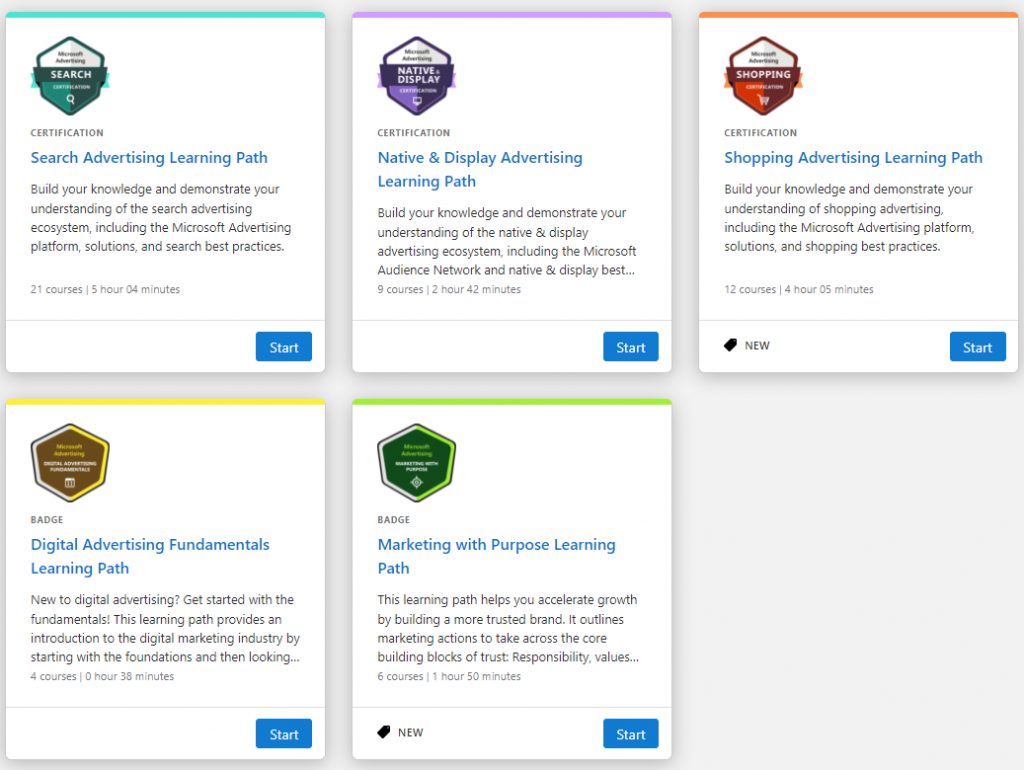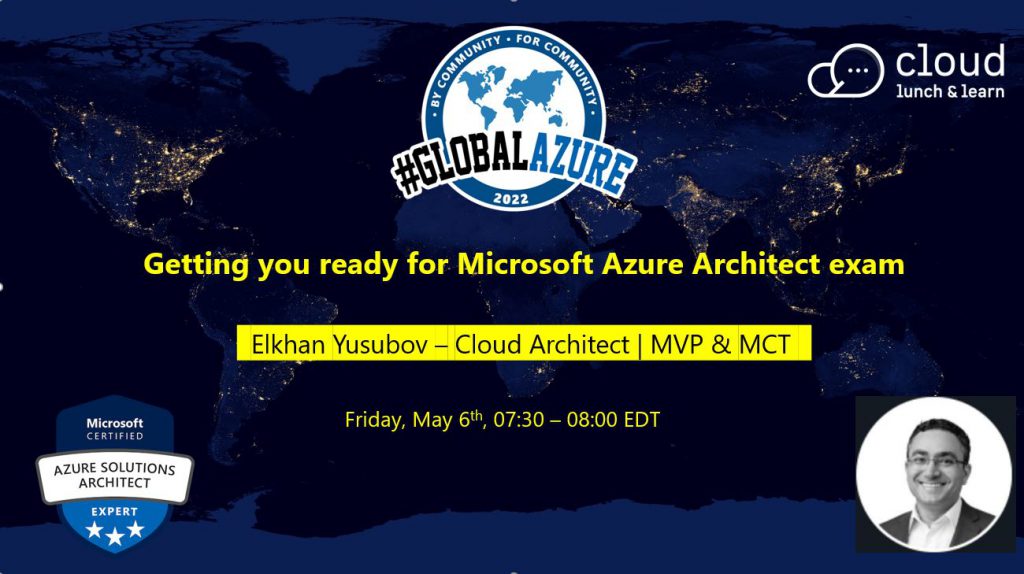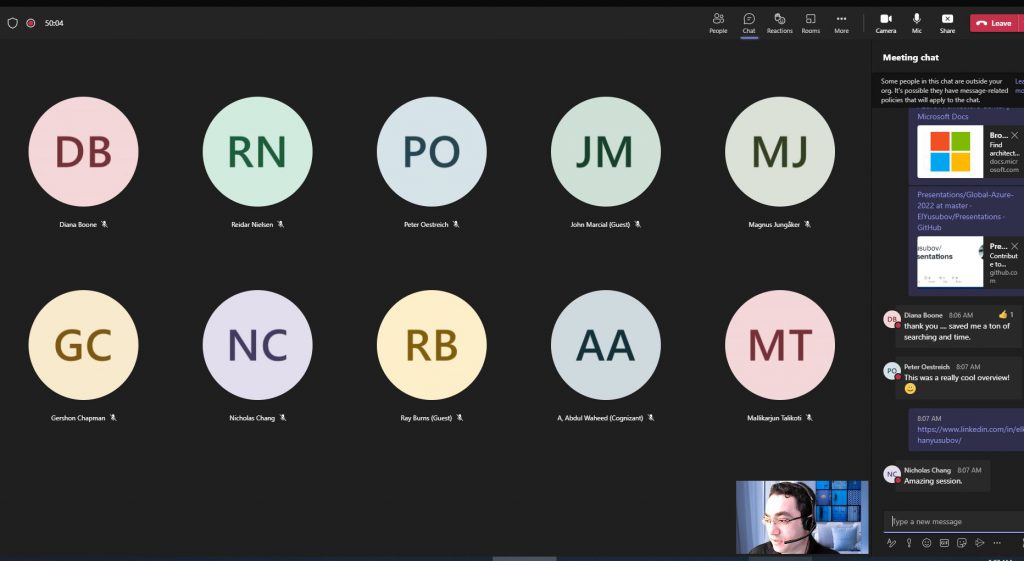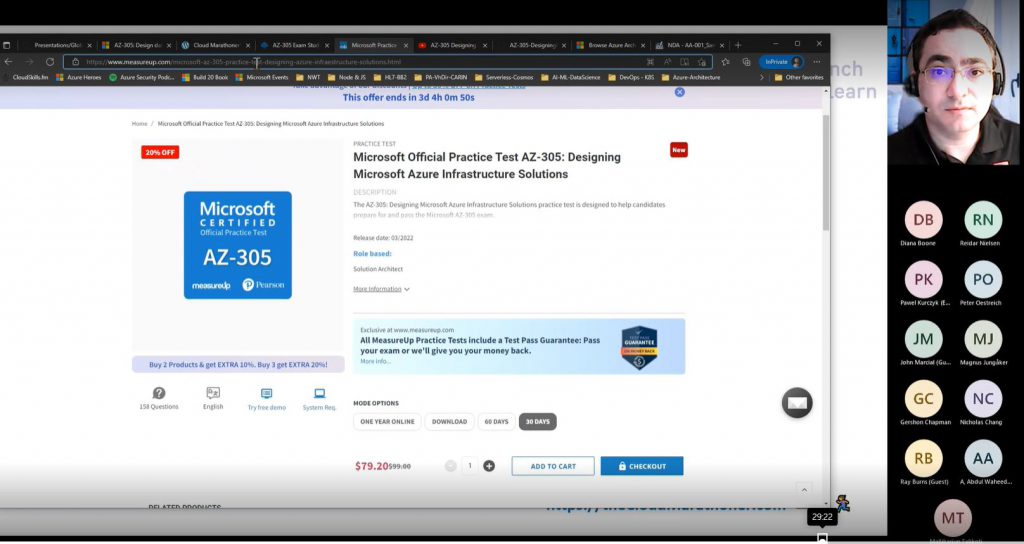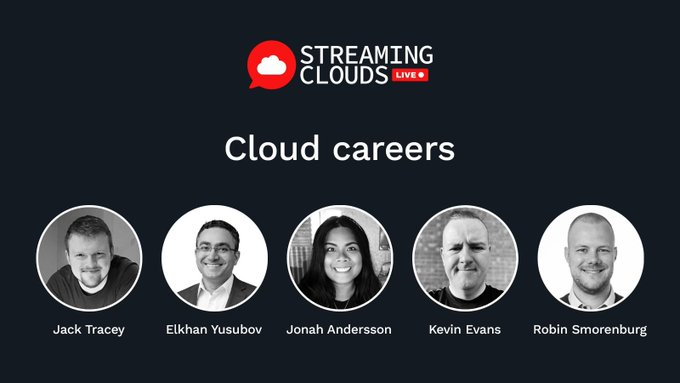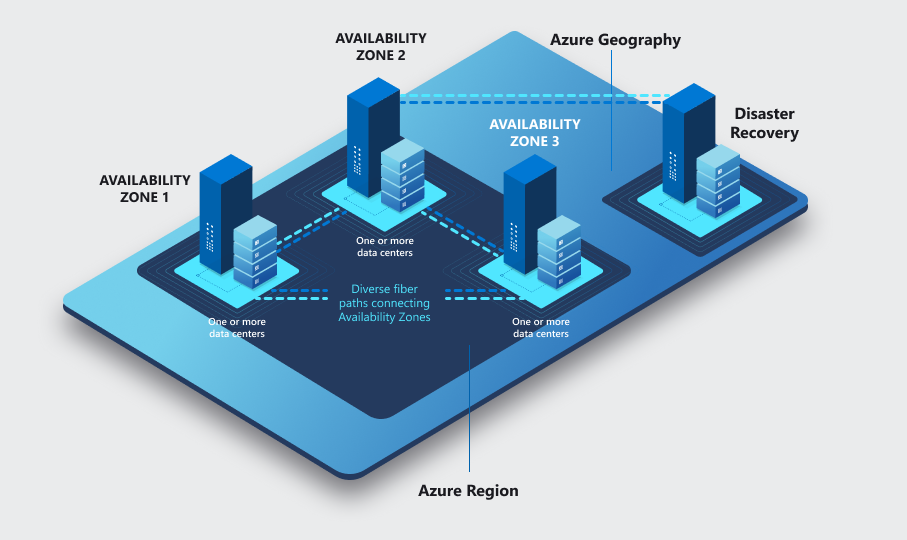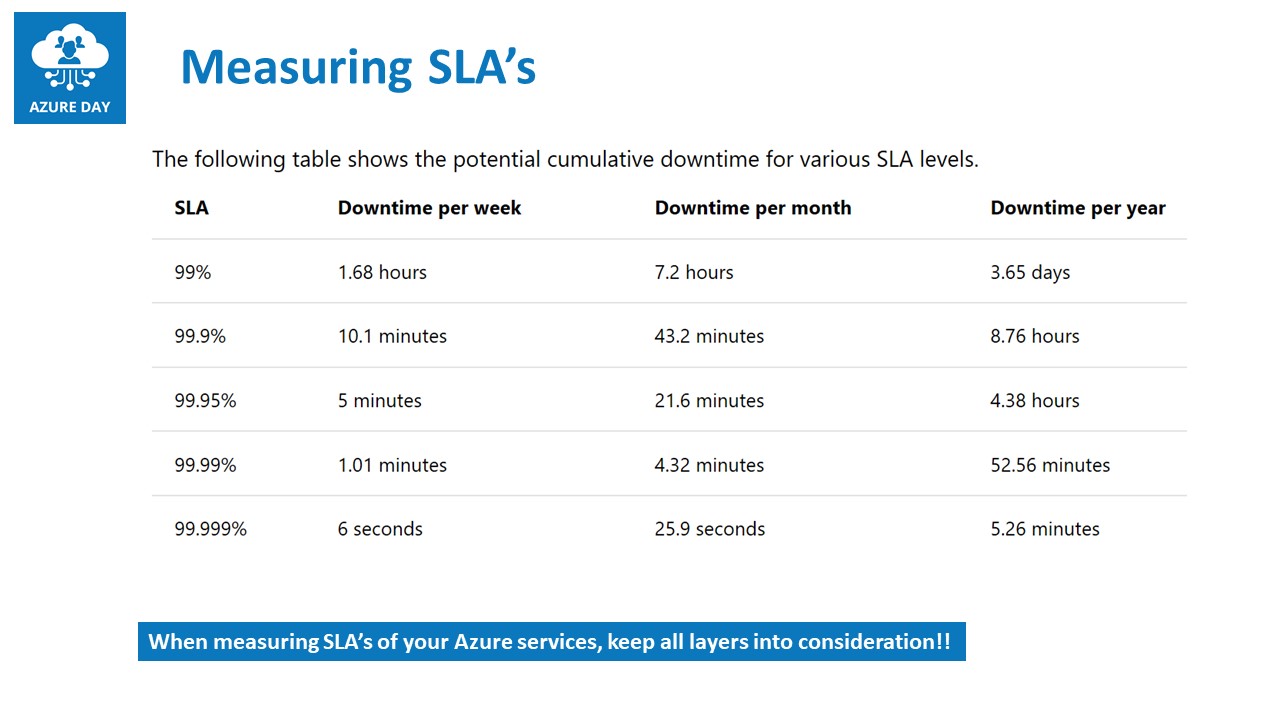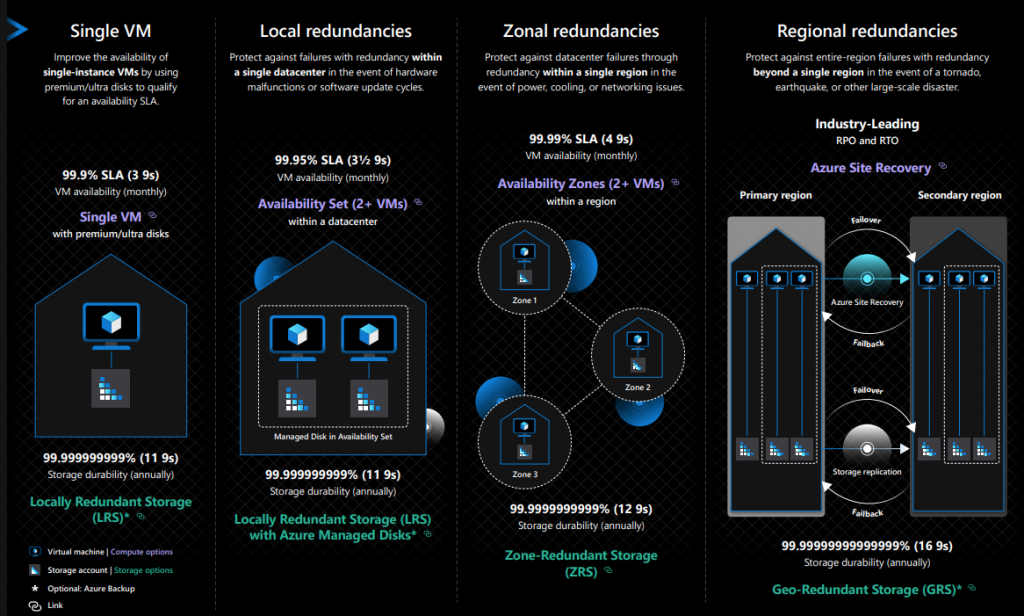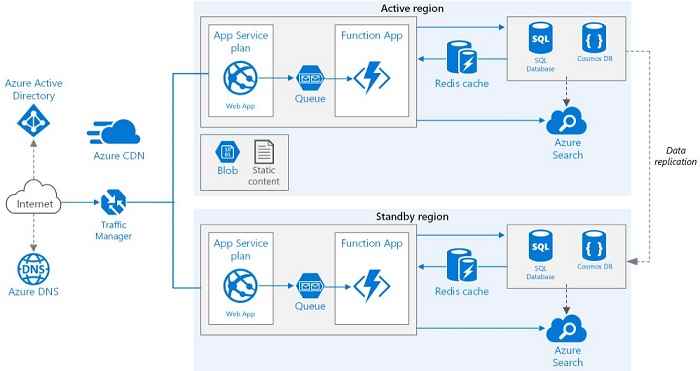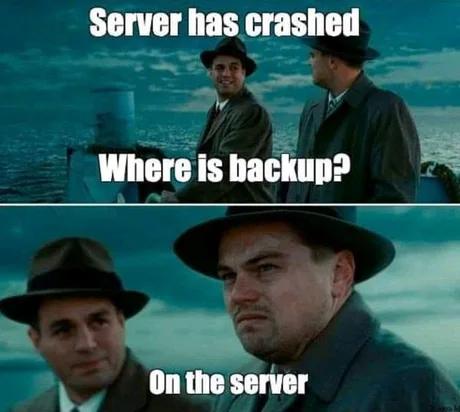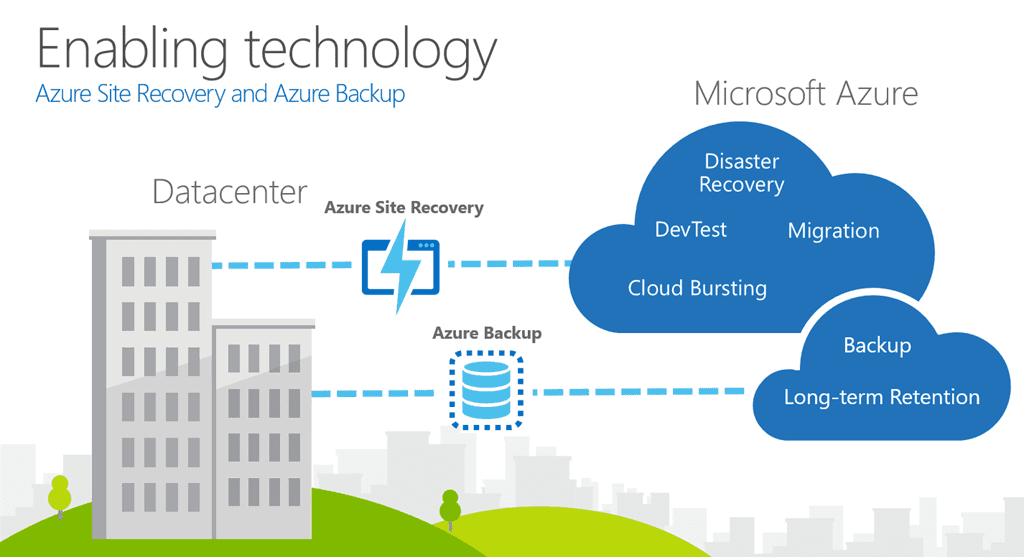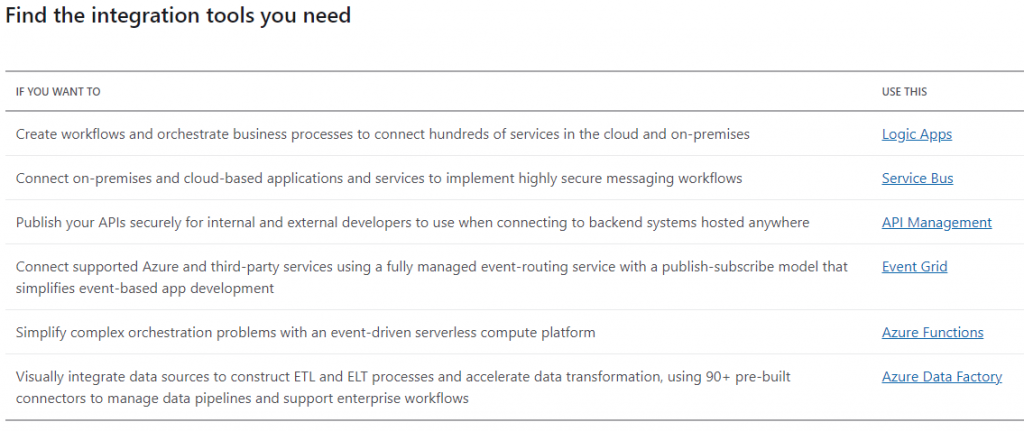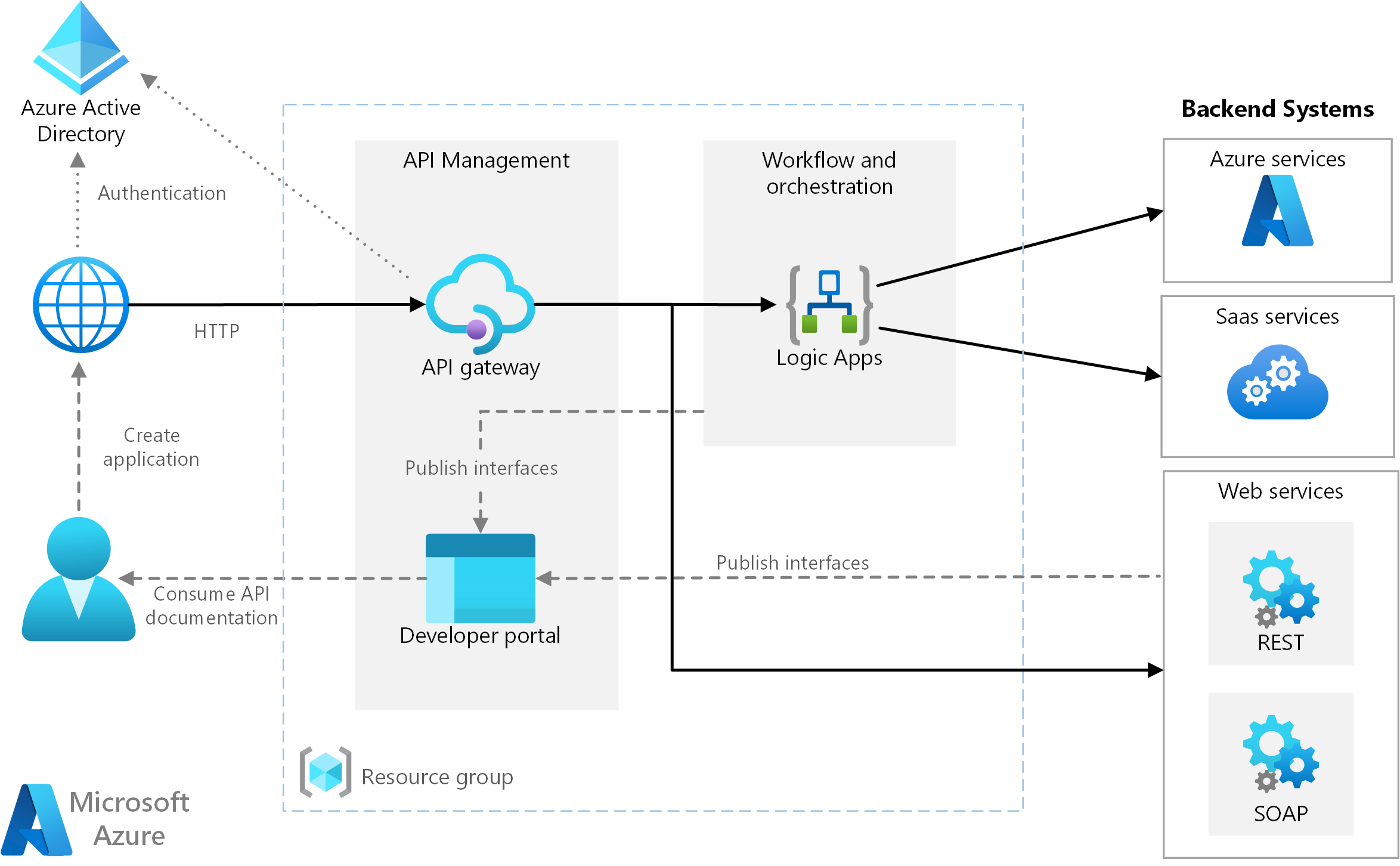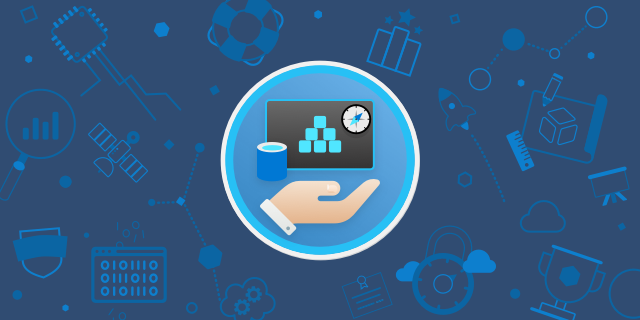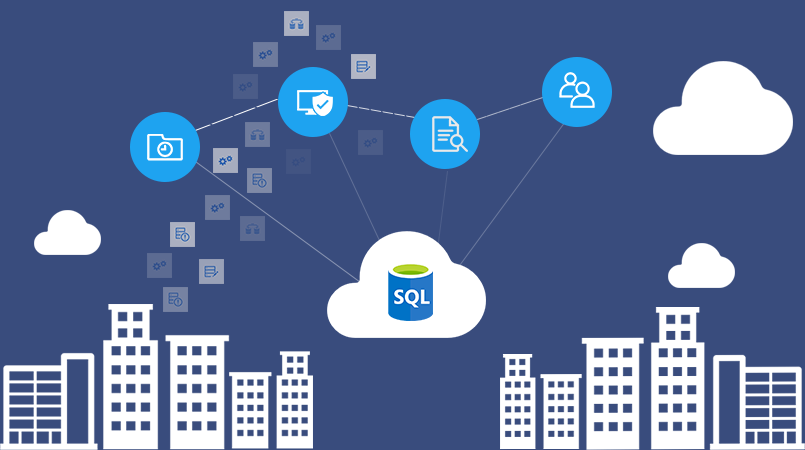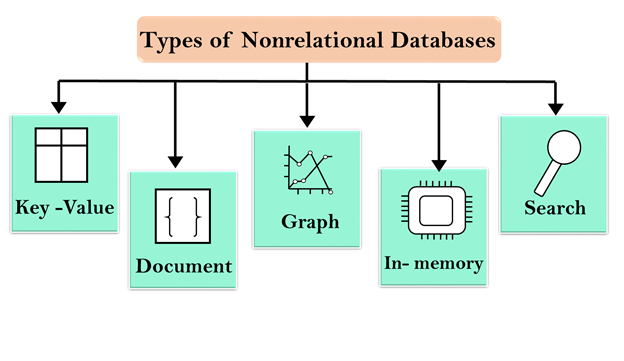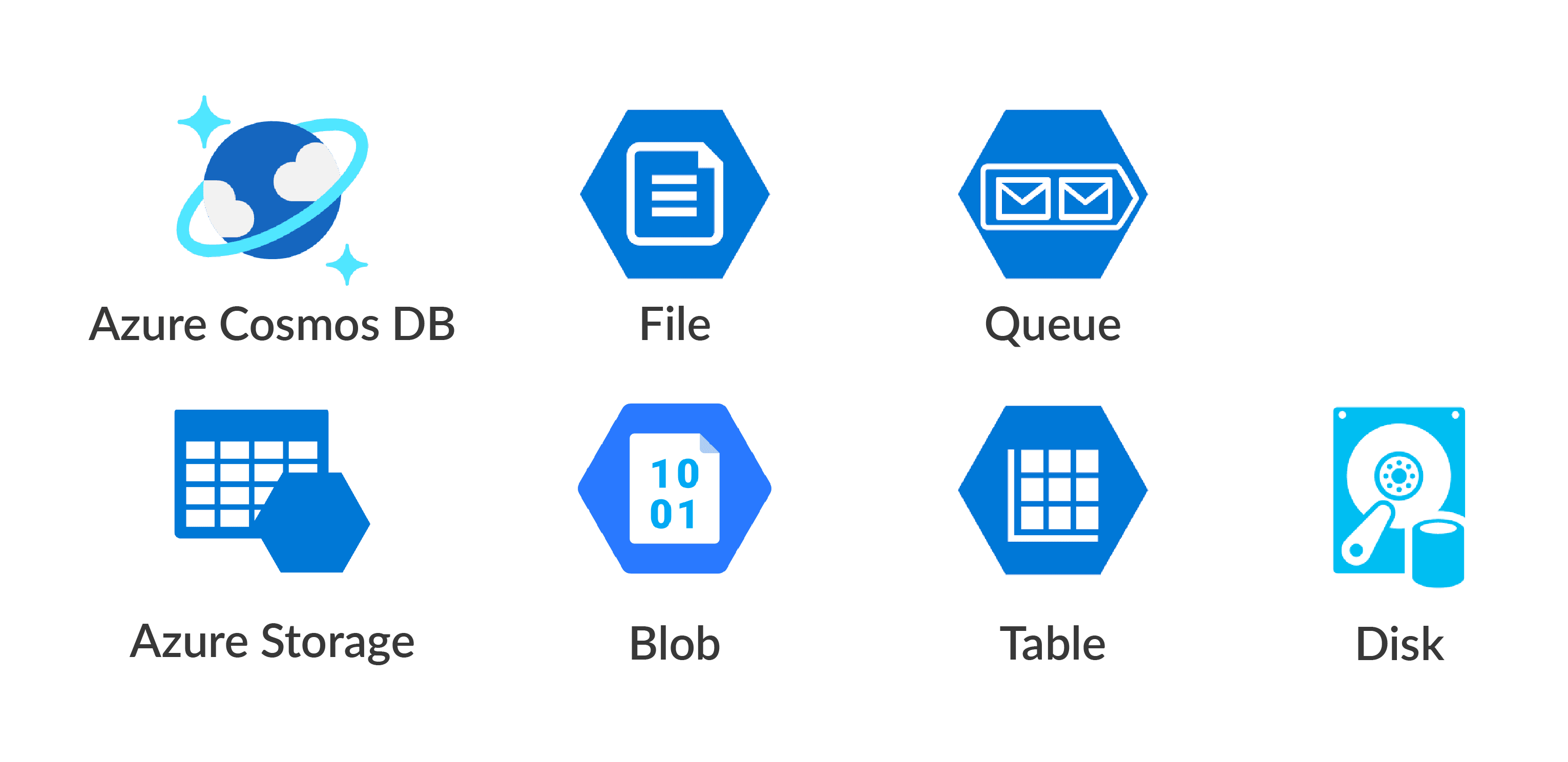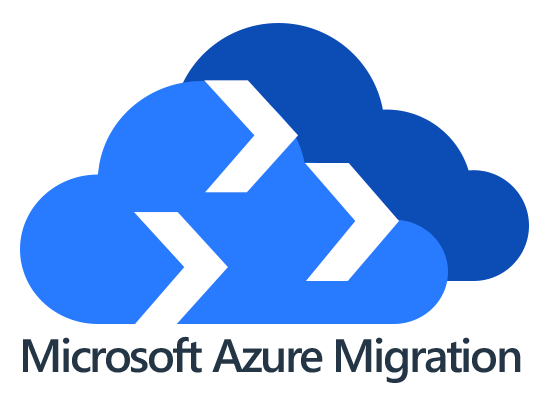Hello freinds,
Thank you everyone who has landed in this page to check out my Global Azure 2022 session – What is new in Azure Bicep language?
I had a great joy while interacting with a number of attendees.
Thank You for checking this blog and please feel free to reach out back with your questions.
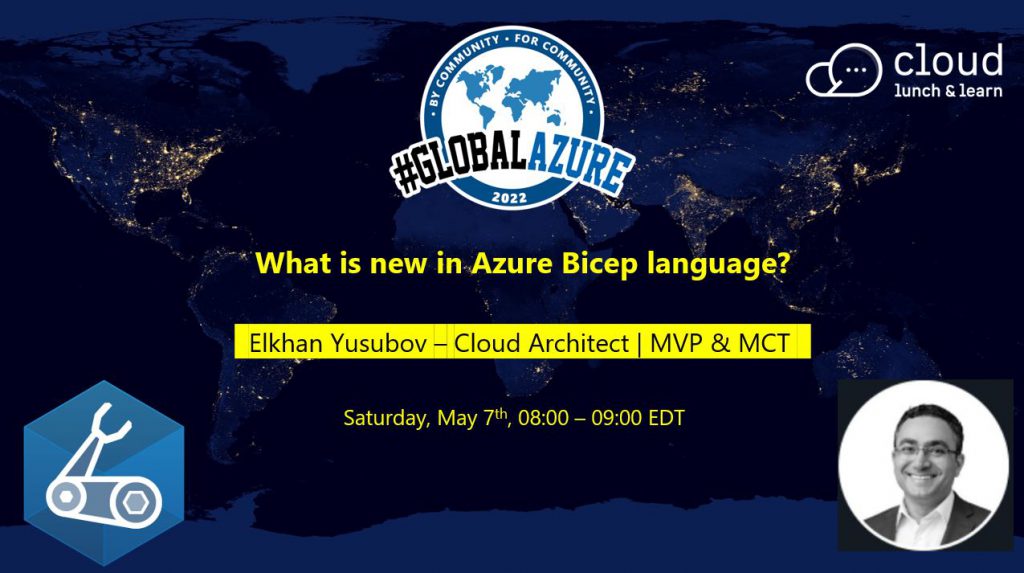
As you might know, the Azure Bicep language brings a new Infrastructure as a Code (IaC) approach to manage your Azure resources in a clean way.
We also have a classic ARM JSON template that is/was traditionally used to define Azure infrastructure resources in a declarative way.
However, it is not easy to author and maintain ARM JSON templates when your project grows in complexity.
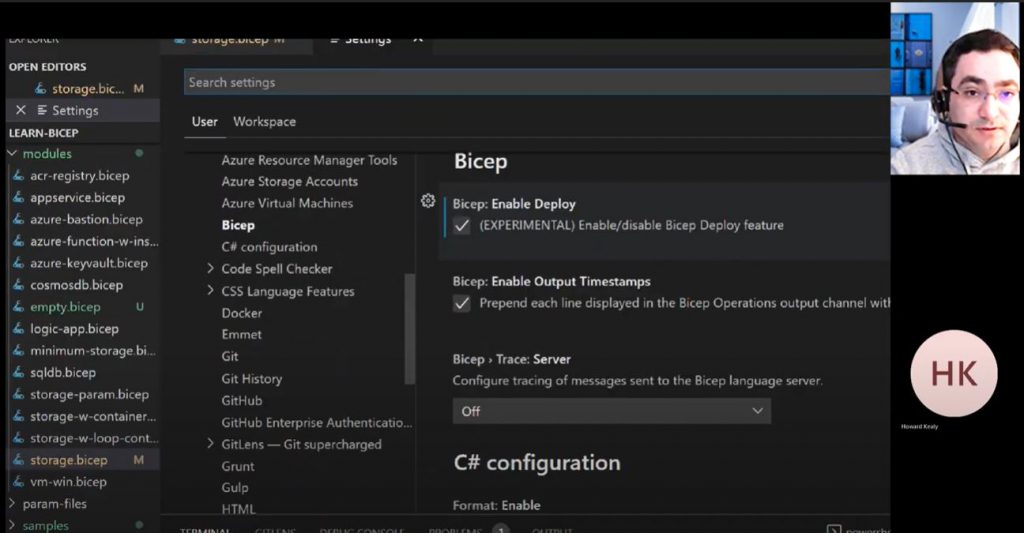
But, I have good news for you – Microsoft infrastructure team has been working on new language to ease this process. Thus, an Azure Bicep language is created to simplify management of your infrastructure while re-using the code.
In this, I have introduced new features and capabilities of Azure Bicep v0.5 & v0.6 language. You also see demos on how it is simple to create, manage a modularized Azure infrastructure-as-code, while using familiar tools and extensions on VS Code.
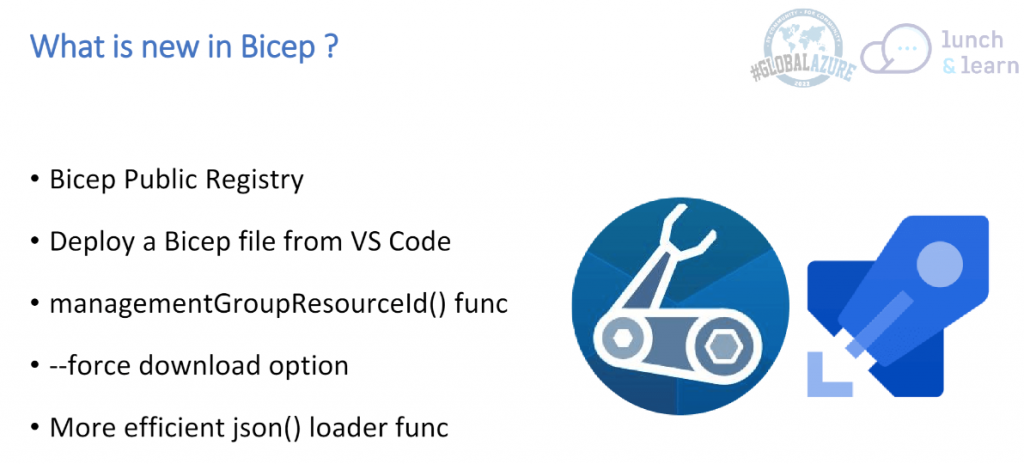
If you missed this session, no worries, you are covered, as this session was recorded. It is freely availiable on the #cloudmarathoner 🖐 ⏩ YouTube channel here.
The slides and as well as links to the recommended resources are posted on my 🖐 🍴 GitHub repo here.
Please, feel free to check up this GitHub repo, share & fork it as you like 👍


